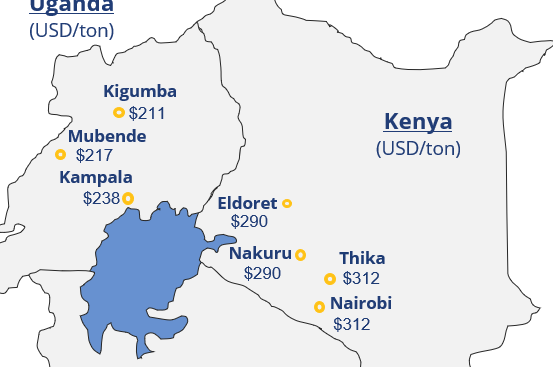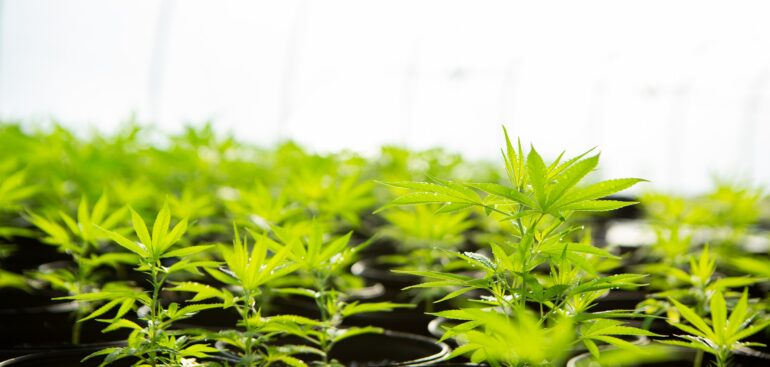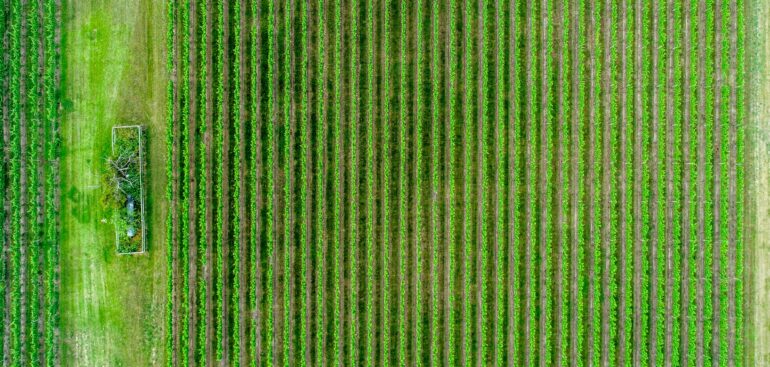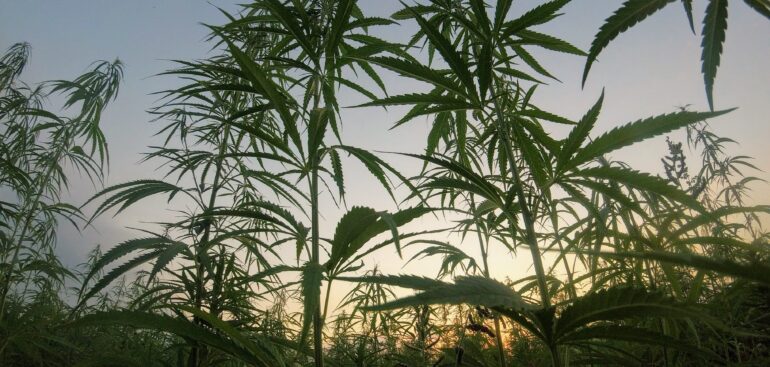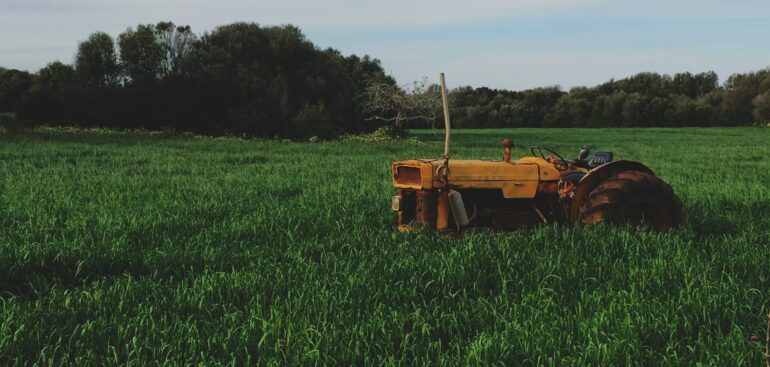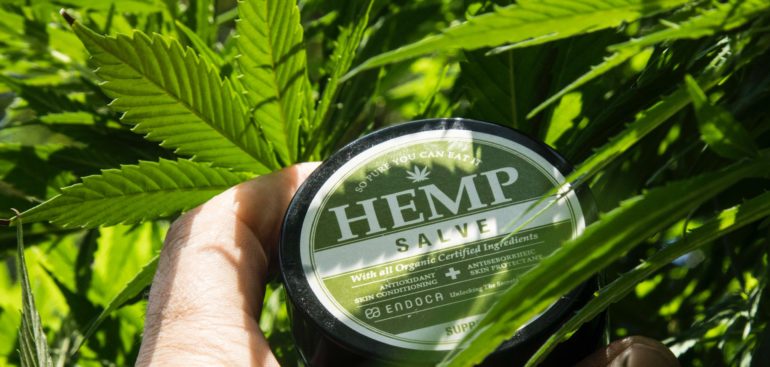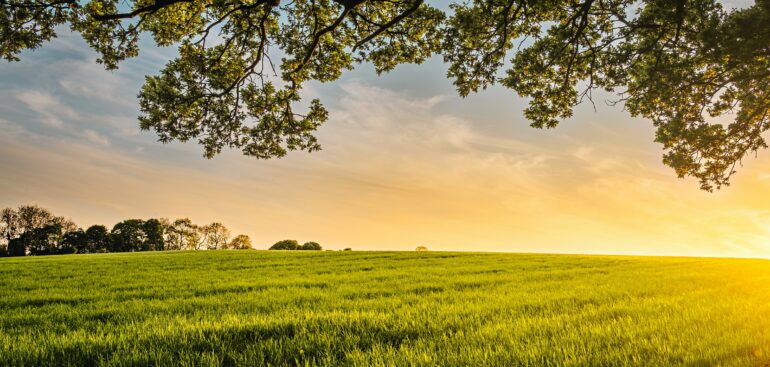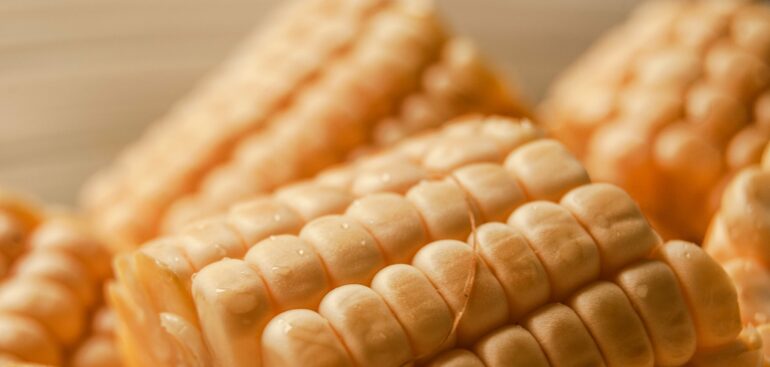Heavy rains pounding most parts of the country have delayed harvesting of maize in the North Rift, Kenya’s breadbasket, in what could worsen the national food security situation.
It is officially the start of the harvest period, and the new crop is starting to make its way to the market. The price of biomass through the course of September has traded in the range of $1.95 to $3.50 per percentage point of CBD content per pound (/point). The amount of transactions occurring in the market is slow as the early harvested product is entering the market, albeit a small percentage of the full crop, and many extractors are searching for tolling and revenue split deals rather than large spot purchases.
Grain and pulses prices remained flat over the past two weeks with maize within the 3,000 Ksh/90kg range as imports from Uganda and Tanzania arrived in markets. The NCPB is selling stores to millers at 2,700 Ksh/90 Kgs bag while procuring maize from the current harvesting season.
The spot biomass market throughout August has been transacting in the range of $2.73 to $4.50 per percentage point of CBD content (/point) as supply from the 2018 crop year is sporadic and early season crops are being harvested. The trend of biomass selling near the lower end of the range has continued from July, as those who are holding product from the 2018 have incentive to sell before large quantities of product enter the market from the 2019 crop year. Instances of this trend have increased in the last few days, depicting the eagerness to move product and exit positions.
Pulses and Maize prices have stabilized in the last weeks due to the onset of harvesting of the pulses and imports of maize from Tanzania and Uganda respectively. This has also been bolstered by the release of more maize from the Strategic Food Reserve. While they currently stabilized, there could be pressure to break below ksh 3,000 in the next week or two.
Maize prices are set to ease after the beginning of harvest in parts of South Rift and western Kenya and with the national strategic food reserve set to release additional maize to the millers. In additional, animal feeds millers have been given permission to import 2.5 Million tonnes of yellow maize, a key ingredient in animal feed. This should ease competition for the white maize among maize flour millers.
The PanXchange Industrial Hemp trading platform is officially going live on August 1st!
PanXchange will be in attendance at the USA CBD Expo at the Miami Beach Convention Center (August 2nd – August 4th). Not only is the CEO of PanXchange, Julie Lerner, moderating a panel, but PanXchange will be at booth #616 throughout the event. If you are attending the conference or local to the area, we encourage everyone to stop by!
After the duty free maize import period was cancelled by the agriculture minister, the price jumped sharply, by an average of Kshs 200 per 90kg bag for the farmers who still have inventory to sell.
This year’s harvest will begin next month, and most farmers are anticipating a good price despite a bumper harvest, as the country will need to refill depleted reserves.
This would depend on the legal status of Ugandan and Tanzanian imports, however, as their harvests are expected to come just before Kenya’s, and a surge in imports could depress prices.
In an attempt to steady markets amid supply concerns, the Kenyan National Cereals and Produce Board has been distributing reserve maize to millers at Ksh 2,300 per 90 Kg bag. As maize stocks in the strategic food reserve dwindle, however, maize flower prices have risen to Ksh 124 Per 2 Kg packet, with buyers and sellers pricing-in the potential of future shortages.
We hope everyone had a safe and fun 4th of July, as expected it was a quiet holiday week in the frac sand market. Pricing for both northern white and FOB Kermit remained in the same range, but dropped slightly lower. An expected quiet week for overall activity and since many mines are not running at full capacity pricing remained at a relatively stable position.

